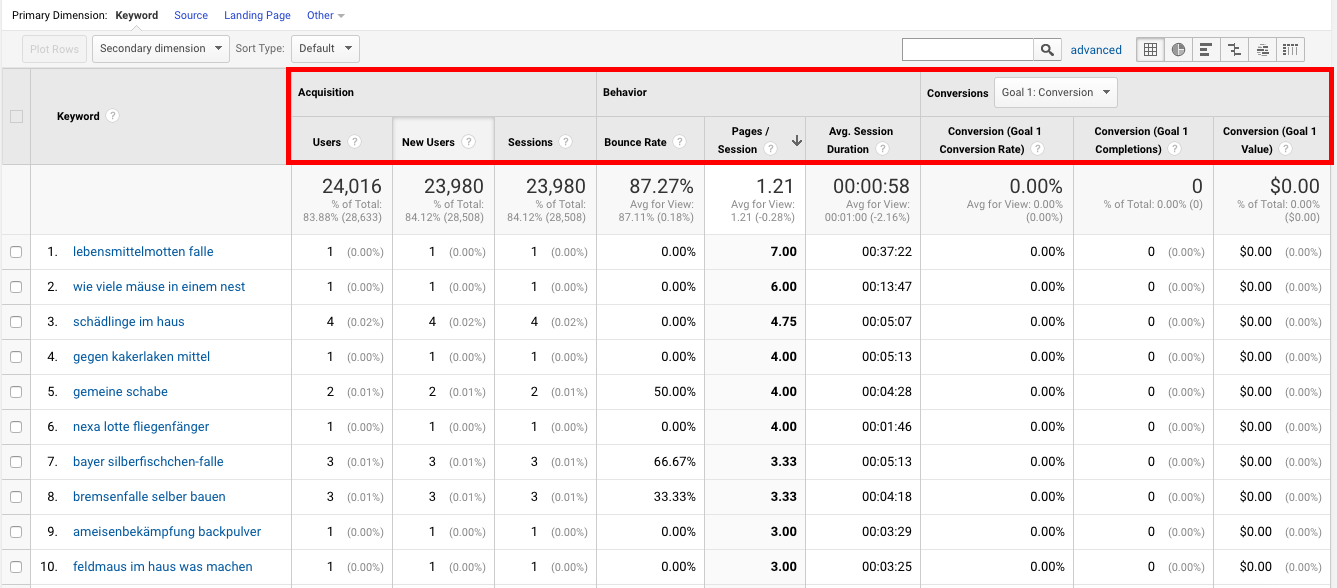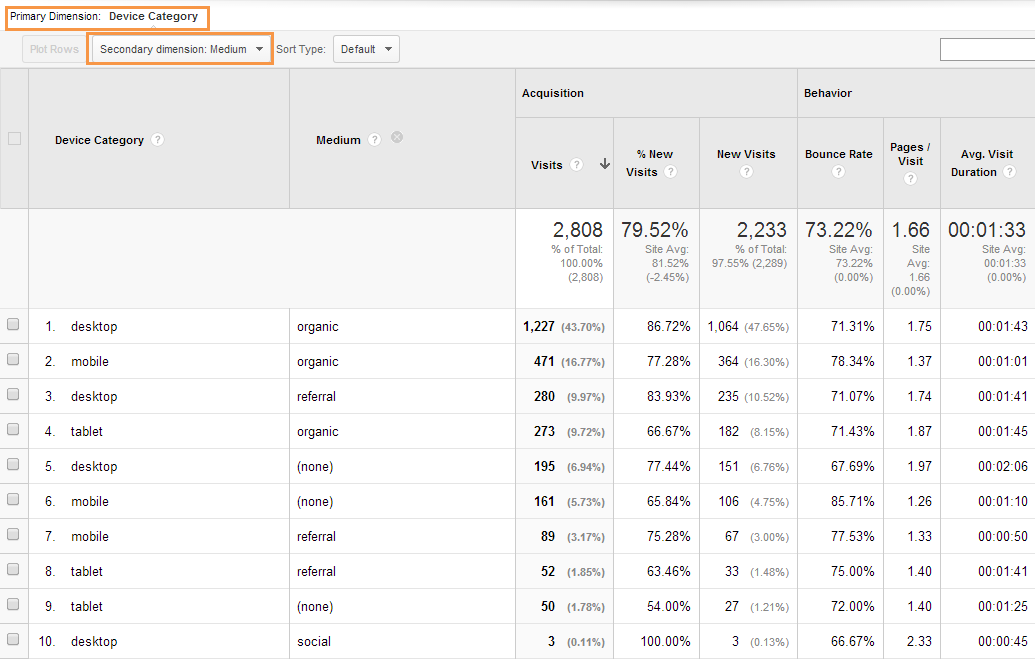Making Use Of Secondary Dimension in Google Analytics for Improved Reporting
Making Use Of Secondary Dimension in Google Analytics for Improved Reporting
Blog Article
Opening the Power of Additional Measurement Analytics for Enhanced Information Insights and Decision-Making
In the realm of data analytics, main measurements often take the spotlight, yet the real deepness of understandings lies within the realm of second measurements. By harnessing the power of additional measurement analytics, companies can introduce covert patterns, uncover relationships, and remove much more purposeful conclusions from their data.
Significance of Secondary Measurements
Checking out the relevance of second dimensions in analytics unveils the covert layers of data understandings critical for educated decision-making in different domain names. Additional dimensions provide a deeper understanding of primary information by supplying extra context and viewpoints. By including secondary measurements into analytics, organizations can extract a lot more extensive and nuanced understandings from their datasets.
One trick significance of second dimensions is their capability to section and categorize key data, enabling for an extra in-depth evaluation of specific parts within a dataset. When looking at the data as a whole, this segmentation enables companies to recognize patterns, trends, and outliers that could not be noticeable. In addition, second dimensions aid in discovering connections and reliances in between different variables, leading to more precise projecting and anticipating modeling.
In addition, secondary measurements play an important duty in boosting data visualization and coverage. By including additional dimensions to visualizations, such as charts or charts, experts can produce more insightful and interesting representations of data, assisting in better interaction of searchings for to stakeholders. Generally, the combination of additional measurements in analytics is crucial in opening the full possibility of data and driving evidence-based decision-making.
Key Benefits of Utilizing Second Measurements
Using second dimensions in analytics provides companies a tactical advantage by increasing the depth and granularity of data understandings. By studying data utilizing second measurements such as time, location, tool type, or individual demographics, organizations can discover patterns, trends, and correlations that might or else continue to be concealed.
Additionally, the use of additional measurements improves the context in which key information is interpreted. It gives a more comprehensive view of the relationships in between different variables, allowing companies to make informed decisions based on a more holistic understanding of their data. Additionally, second dimensions promote the identification of outliers, abnormalities, and areas for optimization, inevitably causing extra reliable methods and improved results. By leveraging second dimensions in analytics, organizations can harness the complete possibility of their data to drive far better decision-making and attain their organization purposes.
Advanced Data Evaluation Methods
A deep dive right into sophisticated data evaluation methods exposes sophisticated methods for removing valuable understandings from intricate datasets. One such strategy is artificial intelligence, where formulas are utilized to identify patterns within data, anticipate results, and make data-driven choices. This method allows for the automation of analytical version building, making it possible for the processing of big quantities of data at a quicker pace than standard methods.
One more innovative method is predictive analytics, which utilizes statistical algorithms and artificial intelligence discover this techniques to forecast future results based upon historic data. By evaluating patterns and fads, services can expect consumer habits, market trends, and possible dangers, empowering them to make proactive choices.
Furthermore, text mining and view evaluation are useful strategies for extracting insights from unstructured data sources such as social media remarks, client reviews, and survey feedbacks. By assessing message information, organizations can understand client viewpoints, recognize arising fads, and improve their services or products based upon responses.
Enhancing Decision-Making Via Secondary Dimensions

Enhancing decision-making through second dimensions enables companies to make even more informed and targeted critical choices. By segmenting client data based on additional dimensions like acquiring background or involvement degrees, companies can tailor their marketing techniques to details audience sections, leading to boosted conversion prices and customer complete satisfaction. Secondary measurements can help determine correlations and connections in between different variables, making it possible for companies to make data-driven choices that drive growth and productivity.
Carrying Out Secondary Dimension Analytics
When including additional dimensions in analytics, companies can unlock much deeper insights that drive calculated decision-making and boost total efficiency. This entails recognizing the particular inquiries the company looks for to answer and the information factors needed to address them.

Moreover, organizations ought to leverage advanced analytics devices and modern technologies to simplify the process of integrating secondary dimensions. These tools can automate data handling, analysis, and visualization, enabling organizations to concentrate on analyzing understandings instead of hands-on information control.
Final Thought
To conclude, secondary dimension analytics play a crucial function in improving information insights and decision-making procedures. By using innovative information analysis techniques and executing additional dimensions effectively, companies can unlock the power of their information to drive critical business decisions. The vital advantages of utilizing additional measurements can not be overemphasized, as they supply a deeper understanding of data trends and relationships. It is necessary for companies to take advantage of secondary measurement analytics to stay affordable in today's data-driven landscape.
In the realm of information analytics, primary measurements often take the spotlight, but the true depth of understandings lies within the world of additional dimensions.Making use of second measurements in analytics supplies organizations a tactical benefit by boosting the deepness and granularity of information insights. By leveraging additional measurements in analytics, companies can harness the full capacity of their information to drive better decision-making and accomplish their service purposes.
Applying data recognition processes and regular audits can assist preserve information quality and dependability.
By using advanced data evaluation methods and carrying out secondary dimensions effectively, companies can unlock the power of their information to drive calculated organization decisions.
Report this page